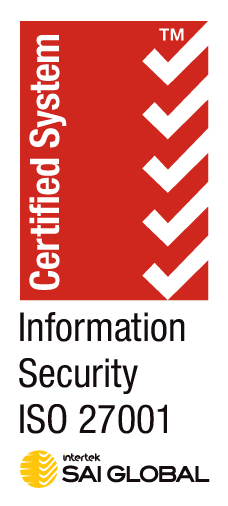Project management software to keep your eye on in 2024
In 2024, selecting the right project management software is crucial for ensuring efficient project execution and team collaboration. The best tools provide essential features like Gantt charts for scheduling, file storage, task delegation, calendar integration, and discussion boards. Key platforms include TeamGantt for smaller teams with unlimited free storage, Notion for small to medium-sized teams needing comprehensive tools, and Jira for larger teams or those using agile methodologies. GitLab stands out for development teams, integrating project management with DevOps, source control, and CI/CD pipelines. Each tool offers unique advantages based on your team’s size, budget, and specific needs. Read More…























